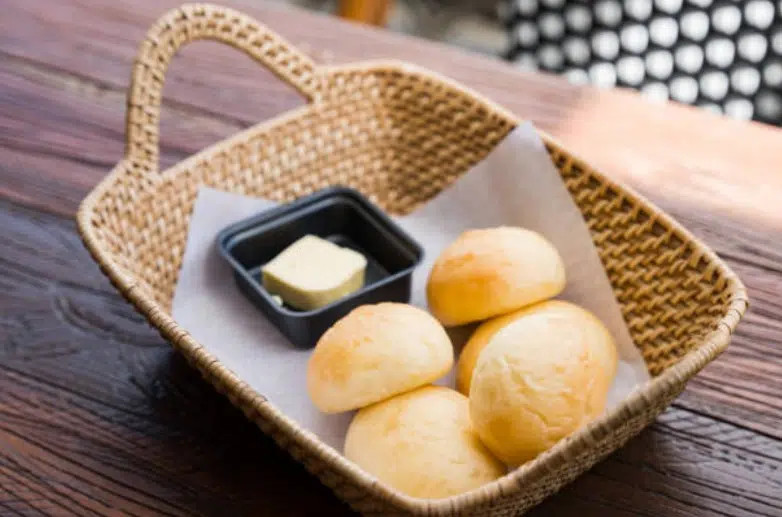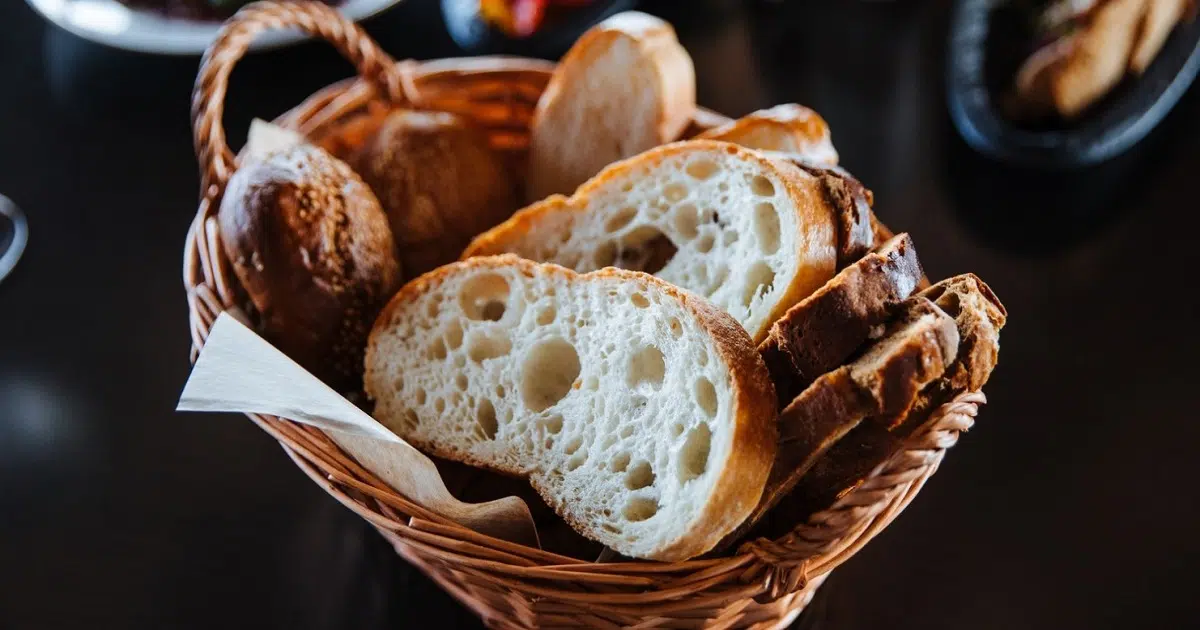You know that moment when you sit down at a restaurant and—before you’ve even unfolded your napkin—a basket of warm bread just… appears? No one ordered it. It just shows up. Sometimes wrapped in a cloth napkin like a tiny sleeping baby, other times tossed into a bowl with butter on the side like, “Here, we got you.”
And if you’ve ever paused between mouthfuls and thought, “Wait—why do they do this?” you’re not alone. It’s one of those things that feels obvious until you actually think about it. Bread doesn’t come from nowhere, right? Someone made it. Someone’s paying for it. So why is it free?
Honestly, it’s a mix of things. Some of it’s tradition, some of it’s psychology, and some of it is just… practical.
A low-key welcome
It’s kind of a hospitality thing. That might sound quaint, but it still matters. Bread is one of those universally grounding foods—whether it’s a fancy baguette, warm pita, or just straight-up dinner rolls with foil-wrapped butter pats. You sit down, you get bread. It immediately makes the place feel a little more generous, a little more settled.
There’s something about breaking bread (even literally) that tells your brain, “Okay, you’re not just a walking credit card here. You’re a guest.” Restaurants know that. It softens the start.
It helps with the awkward wait
Let’s be real—timing in restaurants isn’t always seamless. You sit, you order water, maybe glance at the menu, and then it’s just… waiting. Sometimes five minutes. Sometimes twenty. If you’re hungry, those minutes feel like an hour. That free bread? It fills the gap. Keeps you occupied.
It’s not just about stopping you from getting cranky (though, that too). It also buys the kitchen a little grace period. Especially on busy nights. Nobody’s wondering where their food is when they’ve got something to chew on.
It sets expectations—quietly
There’s also this unspoken idea that the bread is a little preview. A taste of what’s to come. Not in a dramatic way, like a trailer for a movie, but still—if the bread is good, it kind of primes you to trust the rest of the meal. Even if you don’t consciously notice it, that’s what’s happening.
Like, have you ever had a piece of bread so surprisingly good that it made you think, “Okay, this place knows what it’s doing”? That’s not an accident. A lot of spots put real thought into it. It’s not just filler—it’s first impressions.
There’s some tradition baked into it (sorry)
Bread has been tied to meals for pretty much all of human history. It’s in the background of every culture’s food story. So there’s something comforting about it being there. Kind of like, no matter what you’re ordering—sushi, steak, lasagna—you start with bread, and it reminds your body, you’re eating a meal now.
It’s familiar, even if the rest of the menu is new to you. That’s a feeling restaurants want to anchor. Familiarity sells.

Customers remember generosity
People remember feeling taken care of. Especially when they get something they didn’t expect and didn’t have to pay for. A free basket of bread at the start of a meal is one of those tiny gestures that sticks in your brain more than you’d think.
It doesn’t cost the restaurant much, but it does something subtle to your experience. It turns the dial toward “I like this place.” And if the meal goes well? You’re more likely to come back—or tell someone else to try it. Which is exactly what they’re hoping for.
It’s also a tiny insurance policy. If the wait gets long or something’s a bit off later in the meal, the bread can take a little edge off that frustration. Not erase it, but soften it.
And—yeah—it nudges you to be generous too
This part’s more behind-the-scenes, but still relevant. There’s some psychology at play. People tend to give more when they’ve been given something first. It’s small, sure, but the free bread might make you a little more likely to order dessert, or to tip well, or to forgive that the water glass didn’t get refilled fast enough.
It’s not manipulation, exactly. More like a gentle nudge. You got something free and comforting at the top of the meal. So now your brain is slightly tilted toward generosity. Most of us aren’t walking around consciously thinking about that, but studies have shown it plays out.
So no, that bread basket isn’t random. It’s doing a few things at once.
It’s helping you feel at home. It’s buying the kitchen time. It’s setting a tone. And it’s doing a little work in the background to make the whole experience feel more generous—even if it’s just two slices of sourdough and some butter that’s not quite soft enough.

